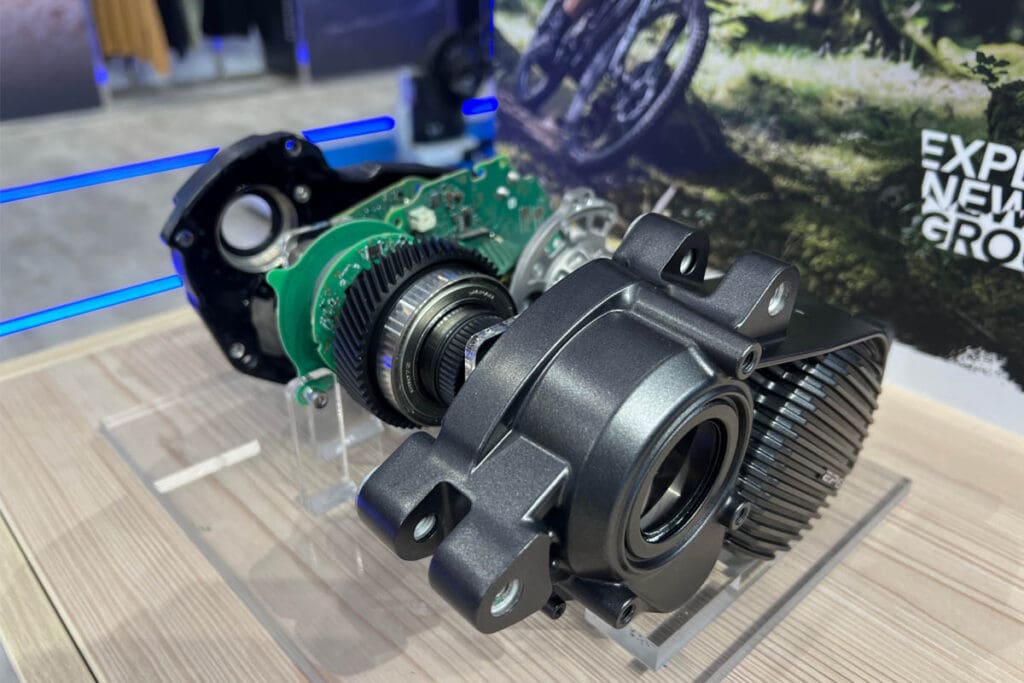Tasmanian Infrastructure Minister Considers E-Bike Power Boost

Hobart, Tasmania
E-Bikes with more powerful motors could be allowed on Tasmanian roads, following a commitment from the State’s Minister for Infrastructure, Michael Ferguson, to consider motors up to 500 watts.
Tasmania’s two houses of parliament last month passed a vehicle and traffic amendment Bill that outlaws petrol-powered bicycles and includes a change which allows the government to define an e-bike via regulation, rather than the Act.
The Government will now determine how it will consult with the community to inform any changes to the regulations.
“I’m pleased that this bill effectively future proofs our ability to respond to advancements in e-bike technology,” Mr Ferguson said.
“E-bikes are increasing in popularity and just last week I announced a further investment in active transport. We want to boost cycling and walking in order to reduce traffic congestion.
“I discussed this at budget estimates in the other house and indicated my intention to move this way. So, I am in fact considering increasing the power of e-bikes, potentially, to 500 watts. That’s in line with what one other State has done at the moment, New South Wales has moved that way.
“More powerful EPACs (electric power assisted cycles) which are better suited for hilly terrain are being designed and becoming available in the market. So, the intention that I am seeking from this parliament in this Bill is to increase the regulatory flexibility that we will need and our responsiveness by moving the requirement to set the maximum motor watt limit at regulation.”
The existing Tasmanian Act includes a definition of a 200-watt electric bicycle that is not speed limited and can include a throttle is in the Tasmanian Act.
Speaking during the debate, Tasmanian Opposition Leader Rebecca White said she had consulted with bicycle shops and advocacy group Bicycle Network to ensure the definition of an e-bike was clear.
“When you’ve got someone who’s a greater weight riding a bike, a grown adult for instance, and you’re looking to commute in the city like in Hobart, where you’ve got quite a lot of hills, sometimes 200 watts doesn’t necessarily cut it for those steep hills in our city. So, having legislation that allows more power output, so 250 watts to be more consistent with what’s happening across the country,” she said.
“It’s been put to me that 350 watts and 32km an hour would be very useful to deal with some of the topography issues in our city.”
The Infrastructure Minister acknowledged the Opposition Leader’s call for more consultation and said the Department of State Growth would talk with bicycle retailers and peak groups to prepare regulations to be brought back to the parliament before the middle of next year.

We should all support the BIA proposal for the maximum power of an e-bike motor to be at least 1000W with the following “hard wired” or pre-programmed speed limits: 20km/h for throttle operation, 30km/h for pedal-assist operation, with a special category at 50km/h (by throttle) for riders with car driver, or motorcycle licenses, including compulsory registration and insurance cover and the wearing of an approved motor cycle helmet (such e-scooters are already legal in SA). Police and other authorities enforcing regulations, are unable to test for motor power by wattage, but they can easily check speed limits, both, on the road and on the vehicles (i.e. e-bikes & scooters). For suppliers into the Australian market, like our company, only national regulations, like we have for cars, trucks and motorbikes make sense and enable cost effective supply of conforming e-bikes & scooters in all states. Motors with at least 1000W continuous power are also able to much better power cargo e-bikes, e-bikes and e-trikes for people with special mobility needs, etc.